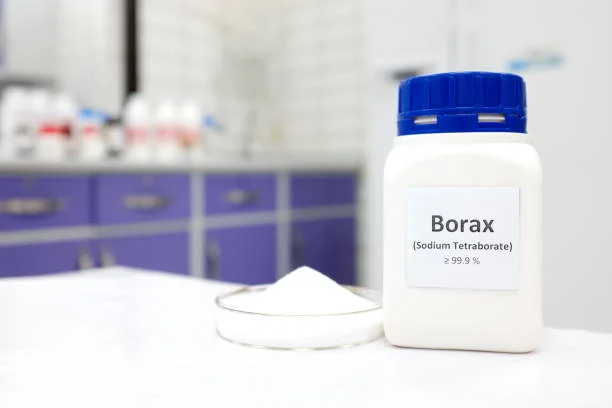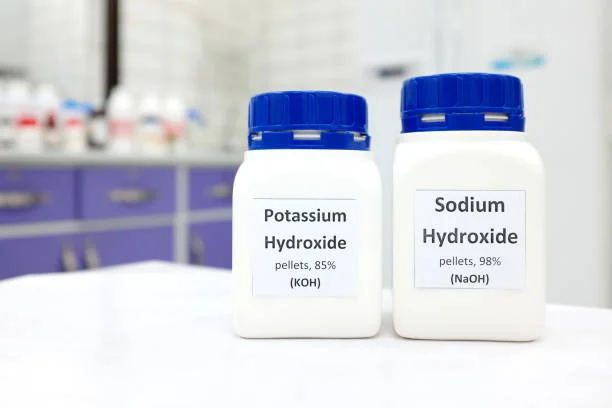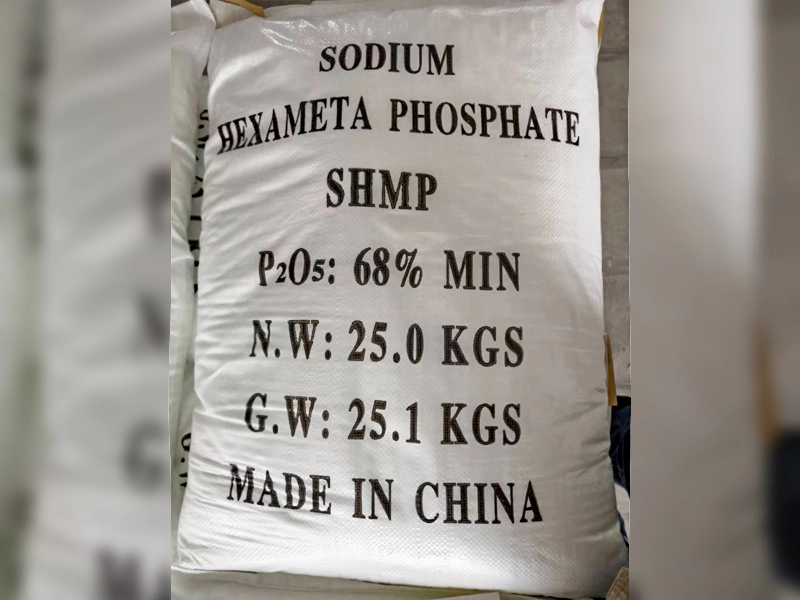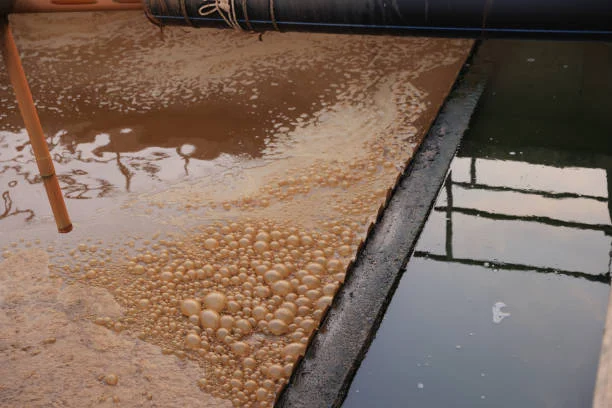Safety storage and transportation specifications of Sodium Hydrosulfide in the field of chemical production raw materials
Abstract
Sodium hydrosulfide, as a common chemical production raw material, possesses strong alkalinity and reducing properties, necessitating strict adherence to safety regulations during storage and transportation. This article will provide a detailed overview of the physical and chemical properties of sodium hydrosulfide, an assessment of its hazards, first aid measures, fire-fighting measures, emergency response to leaks, operational handling and storage, exposure control/personal protection, physicochemical characteristics, stability and reactivity, toxicological data, ecological data, waste disposal, transportation information, and regulatory information, in order to ensure its safety and reliability.
I. Physical and Chemical Properties
Sodium hydrosulfide is a white crystalline powder with strong alkalinity and reducing properties. Its molecular formula is NaHS, and its molecular weight is 56.06. The melting point is 100°C, and the boiling point is 140°C. Sodium hydrosulfide is easily soluble in water, producing sodium hydroxide and hydrogen sulfide.
II. Overview of Hazards
Sodium hydrosulfide is highly irritating to the eyes, skin, and mucous membranes. Inhalation of its vapors can cause respiratory irritation symptoms. Ingestion can lead to gastrointestinal burns, mucosal erosion, bleeding, and shock. Additionally, sodium hydrosulfide reacts with acids to release flammable hydrogen sulfide gas and reacts violently with oxidizers and acidic substances.
III. First Aid Measures
In case of skin contact, immediately remove contaminated clothing and rinse the affected area with plenty of flowing water for at least 15 minutes. For eye contact, immediately lift the eyelids and rinse thoroughly with plenty of flowing water or saline for at least 15 minutes. If inhaled, move the patient to fresh air and ensure the airway is clear. In case of ingestion, rinse the mouth, administer milk or egg whites, and seek medical attention immediately.
IV. Fire-Fighting Measures
Sodium hydrosulfide should be stored in a cool, well-ventilated dedicated warehouse, away from sources of ignition and heat. It should be stored separately from oxidizers and acids, and mixing is strictly prohibited. Equip the storage area with appropriate types and quantities of fire-fighting equipment and leak emergency response devices. The storage area should have suitable materials to contain any leaks.
V. Emergency Response to Leaks
Isolate the contaminated leak area and restrict access. Emergency responders are advised to wear dust masks (full face) and acid-alkali protective clothing. Contact with broken containers and leaked materials is prohibited until appropriate protective clothing is worn. Cut off the leak source if possible. For small leaks: avoid dust generation and use a clean shovel to collect the material in a dry, clean, covered container. For large leaks: cover with plastic sheeting or canvas. Then collect and recycle or transport to a waste disposal site for treatment.
VI. Operational Handling and Storage
Operational Precautions: Conduct operations in a closed environment and provide adequate local exhaust ventilation. Prevent dust from being released into the workshop air. Operators must undergo specialized training and strictly adhere to operating procedures. It is recommended that operators wear dust masks (full face), rubber acid-alkali resistant clothing, and rubber acid-alkali resistant gloves. Keep away from sources of ignition and heat; smoking is prohibited in the workplace. Use explosion-proof ventilation systems and equipment. Avoid dust generation and contact with oxidizers and acids. Special care should be taken to avoid contact with water. Equip the area with appropriate types and quantities of fire-fighting equipment and leak emergency response devices. Empty containers may retain harmful residues.
Storage Precautions: Store in a cool, well-ventilated dedicated warehouse, away from sources of ignition and heat. Prevent direct sunlight exposure. Store separately from oxidizers and acids, and mixing is strictly prohibited. Equip the storage area with appropriate types and quantities of fire-fighting equipment. The storage area should have suitable materials to contain any leaks.
VII. Exposure Control / Personal Protection
Occupational exposure limit: China MAC (mg/m3): No standard has been established. Former Soviet Union MAC (mg/m3): No standard has been established. TLVTN: No standard has been established. TLVWN: No standard has been established. Monitoring method: Engineering control: Closed operation, provide sufficient local exhaust. Respiratory system protection: When the concentration in the air exceeds the standard, a self-priming filter dust mask must be worn. When rescuing or evacuating in an emergency, an air respirator should be worn. Eye protection: Wear chemical safety glasses. Body protection: Wear rubber acid and alkali resistant clothing. Hand protection: Wear rubber acid and alkali resistant gloves. Other protection: Smoking, eating and drinking are prohibited in the workplace, and wash hands before meals. After work, take a shower and change clothes. Maintain good hygiene habits.
VIII. Physicochemical Properties
Appearance and properties: White to colorless crystalline powder or flaky crystals with the smell of hydrogen sulfide. Melting point (℃): greater than 100 Relative density (water = 1): 1.79 Solubility: soluble in water, soluble in methanol and other organic solvents. Main use: used as analytical reagents, etc. Incompatible materials: strong oxidants, strong acids. Conditions to avoid contact: humid air. Polymerization hazard: no polymerization Decomposition products: hydrogen sulfide, sulfur oxides.
IX. Stability and Reactivity
Stability: Stable Polymerization hazard: No polymerization Conditions to avoid: Heat Incompatible materials: Strong acid, strong oxidizer Hazardous decomposition products: Hydrogen sulfide Combustion (decomposition) products: Hydrogen sulfide, sulfur oxide Toxicity classification Poisoning Acute toxicity Oral-rat LD50: 560 mg/kg Irritation data Eyes-rabbit 500 mg/24 hours Severe irritation Skin-rabbit 500 mg/24 hours Severe irritation Inhalation-rat TCLo: 1400ppm/4 hours Hazardous characteristics Reacts with acid to release flammable hydrogen sulfide gas. It can react violently with oxidants to cause combustion or explosion.
- Random Content
- Hot content
- Hot review content
- Polyethylene Glycol PEG - 2000/4000/6000/8000 alcohol ethoxylate surfactant
- Sodium Amyl Xanthate (SAX) 90%, Mining chemical, mining flotation reagent
- T-610 collector Salicyl oxime acid derivative Content 3.5%
- Thiourea 99% high activity Professional Producer
- Fertilizer magnesium sulfate/magnesium sulfate monohydrate
- 97% 2-Hydroxypropyl methacrylate
- Caprylic/capric triglyceride
- 1Discounted Sodium Cyanide (CAS: 143-33-9) for Mining - High Quality & Competitive Pricing
- 2China's New Regulations on Sodium Cyanide Exports and Guidance for International Buyers
- 3Sodium Cyanide 98% CAS 143-33-9 gold dressing agent Essential for Mining and Chemical Industries
- 4International Cyanide(Sodium cyanide) Management Code - Gold Mine Acceptance Standards
- 5China factory Sulfuric Acid 98%
- 6Anhydrous Oxalic acid 99.6% Industrial Grade
- 7Oxalic acid for mining 99.6%
- 1Sodium Cyanide 98% CAS 143-33-9 gold dressing agent Essential for Mining and Chemical Industries
- 2High Quality 99% Purity of Cyanuric chloride ISO 9001:2005 REACH Verified Producer
- 3Zinc chloride ZnCl2 for High Molecular Weight Polymers Initiator
- 4High Purity · Stable Performance · Higher Recovery — sodium cyanide for modern gold leaching
- 5High Quality Sodium Ferrocyanide / Sodium Hexacyanoferr
- 6Gold Ore Dressing Agent Safe Gold Extracting Agent Replace Sodium Cyanide
- 7Sodium Cyanide 98%+ CAS 143-33-9











Online message consultation
Add comment: